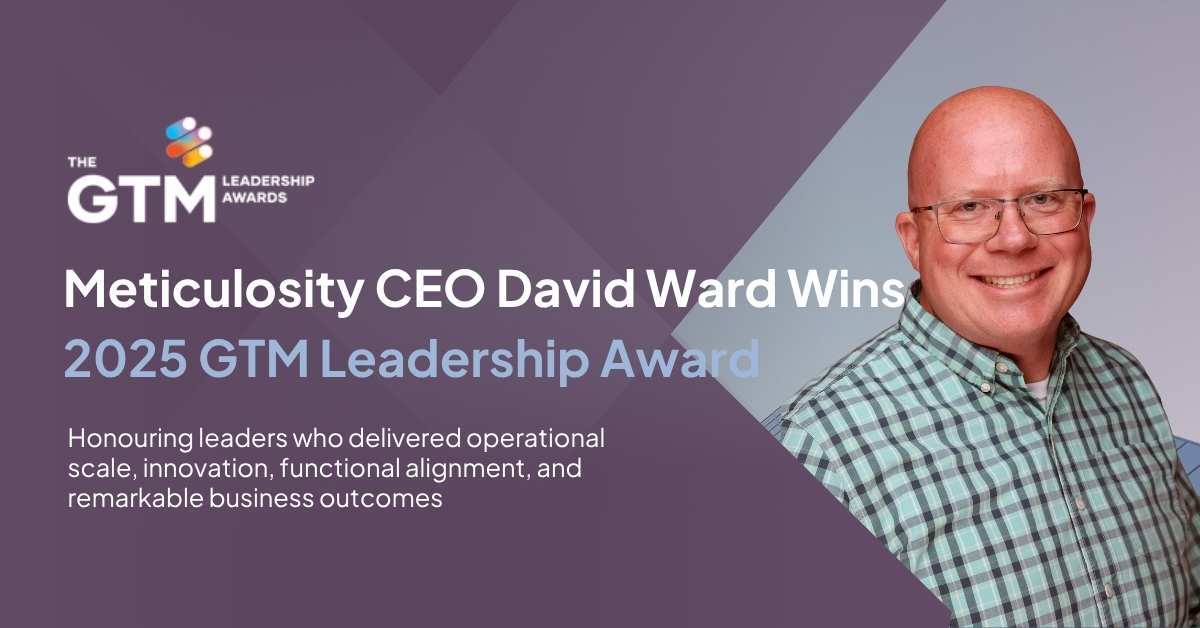Introduction to Client Satisfaction in HubSpot
In the competitive digital world, ensuring high levels of client satisfaction is essential for agencies leveraging HubSpot. Employing agency best practices can make a substantial difference in how clients perceive their experience.
This blog explores key strategies for enhancing client satisfaction, focusing on effective onboarding, clear communication, and strong relationship-building. By adopting these practices, agencies can exceed client expectations and deliver outstanding results. Discover how refining your agency's approach can lead to unparalleled service and positive outcomes in HubSpot implementations.
Learn more valuable insights into creating a seamless and enjoyable client journey, ensuring long-term success and satisfaction.
Successful Onboarding Approaches
An effective onboarding process sets the stage for a successful client relationship. Research shows that a well-structured onboarding approach can enhance customer retention rates by 50%. To achieve this, it is crucial to set clear expectations from the outset, which helps avoid misunderstandings and aligns the client’s vision with the agency's capabilities. Developing a customized onboarding plan for each client can significantly improve satisfaction levels. Personalized onboarding experiences have been found to boost customer satisfaction by 20%. Tailoring the process to meet each client’s unique needs ensures a more engaging and efficient start to the partnership.
Optimizing the Onboarding Process
Streamlining the onboarding process is crucial for the overall success of a project. Leveraging HubSpot’s tools allows agencies to enhance project management efficiency, ensuring tasks are completed promptly and accurately. Implementing automation can significantly reduce manual work, enabling teams to concentrate on delivering high-value results to clients.
According to studies, companies that adopt a structured onboarding process experience a 60% higher revenue growth, underlining the financial benefits of optimizing this essential phase. Additionally, it is vital to maintain a consistent and organized approach, as this minimizes potential disruptions and keeps the project on track. By optimizing these processes, agencies can ensure a smoother and more effective onboarding experience, ultimately contributing to enhanced client satisfaction.
Effective Communication Methods
Effective communication is crucial for fostering a successful client-agency relationship. Regular check-ins ensure clients are well-informed about project milestones and any emerging challenges. Feedback loops are also vital as they offer insights into client preferences and areas needing adjustment.
Utilizing various communication channels, such as email, video calls, and collaborative platforms, can help maintain clear and consistent interaction. These methods enable agencies to respond swiftly to client needs, adapt strategies as necessary, and demonstrate their commitment to the client's success.
Educating and Supporting Clients
Providing comprehensive education and robust support is pivotal for maximizing the benefits of HubSpot implementation. Agencies should offer detailed training sessions that cover all essential features, enabling clients to harness the platform’s full potential. These sessions should be interactive and tailored to meet the specific needs of each client, ensuring they are confident in using HubSpot’s tools. Additionally, maintaining a resource library with guides, tutorials, and FAQs can serve as a valuable reference for clients.

Ongoing support is crucial to address any issues that may arise. Agencies should establish a dedicated support team that is available to assist clients promptly. This ensures clients feel supported and can continue to make progress without significant interruptions. Regular check-ins to address questions and provide updates can further solidify the client-agency relationship.
Utilizing a ticketing system can streamline support requests, making it easier to track and resolve issues efficiently. By being proactive and responsive, agencies demonstrate their commitment to client success, fostering a sense of partnership and trust.
Gathering Feedback and Promoting Continuous Improvement
Actively collecting feedback from clients is crucial for driving continuous improvement and refining agency practices. By soliciting detailed insights, agencies can better understand client needs and preferences, allowing them to tailor their services more effectively. Utilizing both qualitative and quantitative feedback methods, such as surveys, one-on-one interviews, and analytics, provides a comprehensive view of the client experience. This holistic approach ensures that no aspect of the client journey is overlooked.
Engaging clients in feedback loops demonstrates a commitment to their success and shows their opinions are valued. Implementing client suggestions not only enhances service quality but also strengthens the trust and partnership between the agency and the client. Moreover, it enables agencies to stay agile and adapt to evolving client needs, ensuring their strategies remain relevant and effective.
Regularly scheduled feedback sessions provide a structured opportunity to address any issues before they escalate, maintaining a proactive stance in client relations. Additionally, sharing how feedback has led to specific changes or improvements can further solidify client trust and satisfaction. Agencies should also foster an open culture where clients feel comfortable sharing their honest opinions, knowing that their input will lead to tangible benefits. This ongoing dialogue is key to fostering a collaborative environment and achieving continuous growth and excellence.
Cultivating Long-term Client Relationships
Cultivating long-term client relationships requires ongoing commitment and strategic effort from agencies. One of the most effective ways to achieve this is through regular and meaningful engagement. Agencies should schedule consistent check-ins to discuss progress, address concerns, and explore new opportunities. This proactive approach helps identify any issues early and allows for timely adjustments.
Building trust is fundamental to sustaining these relationships. Transparency in communication and consistency in delivering on promises are key factors that foster trust. Agencies should be honest about what can be achieved and avoid overpromising. Delivering quality work consistently helps in establishing credibility.
Personalization also plays a significant role. Understanding each client’s unique needs and preferences allows agencies to tailor their services, making clients feel valued and understood. This personalized approach strengthens the emotional connection between the client and the agency.

Recognition and appreciation go a long way in maintaining positive relationships. Celebrating milestones and acknowledging client contributions can enhance their sense of partnership and loyalty. Simple gestures like sending thank-you notes or small tokens of appreciation can make a big difference.
Furthermore, encouraging open and honest feedback fosters a culture of continuous improvement. Clients should feel comfortable sharing their thoughts and suggestions, knowing their input is valued and will lead to tangible improvements. This two-way communication is essential for long-term satisfaction and partnership.
Conclusion
Effective onboarding, process optimization, and consistent communication form the foundation of client satisfaction in HubSpot partnerships. Agencies that invest in these areas not only meet but often exceed client expectations. Educating and supporting clients ensures they can fully leverage HubSpot’s capabilities while gathering and acting on feedback, which promotes continuous improvement and client loyalty.
By adopting a proactive approach, agencies build stronger, more trusting relationships with their clients. This commitment to excellence in service delivery and relationship management creates a win-win scenario, benefiting both the agency and its clients. As agencies refine their practices and prioritize client needs, they pave the way for sustained growth and success.
Learn more about enhancing client satisfaction with best practices today!
Frequently Asked Questions
1: How does effective onboarding benefit client satisfaction in HubSpot partnerships?
A structured onboarding process helps align client expectations with the agency's capabilities, leading to a smoother and more engaging start. This alignment reduces misunderstandings and sets a solid foundation for a positive long-term relationship.
2: What are the best practices for optimizing the onboarding process using HubSpot?
Utilizing HubSpot’s project management tools and automation features can streamline the onboarding process, allowing for more efficient task completion and better resource management. This ensures a seamless client experience and allows agencies to focus on delivering high-value results.
3: Why is clear communication essential in maintaining client satisfaction?
Consistent and transparent communication keeps clients informed about project milestones and any emerging issues, helping to build trust and maintain alignment. Effective communication channels, such as email, video calls, and collaborative platforms, facilitate timely responses and adaptability, reinforcing the agency's commitment to client success.
4: How can agencies provide effective education and support to their clients?
Agencies should offer tailored training sessions and maintain a comprehensive resource library with guides and tutorials. Establishing a dedicated support team and implementing a ticketing system can further enhance client support, ensuring that any issues are promptly addressed.
5: What methods can agencies use to measure and improve client satisfaction?
Collecting detailed feedback through surveys, interviews, and analytics helps agencies identify areas for improvement and strengths. Regularly reviewing this feedback and making necessary adjustments shows a commitment to client success and promotes a positive relationship.
6: How can agencies cultivate long-term relationships with clients?
Building trust through transparency and consistency, personalizing services to meet unique client needs, and recognizing client contributions are all key strategies. Encouraging open feedback and demonstrating appreciation help strengthen the partnership, leading to sustained client loyalty.







